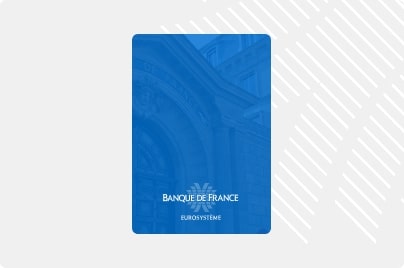Statistics
Discover all the regular statistical publications from the Banque de France. These publications provide insights into the latest economic trends and help you better understand them through the Stat Info analyses. Use the search filter below to easily access statistical publications by selecting the theme, sub-theme, frequency, and/or publication date of your choice
All statistical releases
Upcoming releases

Interest rates on deposits - 2025-10

France's balance of payments - 2025-10

Business failures - France - 2025-10
Browse statistics

28th of November 2025 - Daily

28th of November 2025 - Monthly

28th of November 2025 - Monthly

28th of November 2025 - Daily

27th of November 2025 - Daily

27th of November 2025 - Daily

27th of November 2025 - Daily

27th of November 2025 - Monthly

26th of November 2025 - Daily

26th of November 2025 - Daily

26th of November 2025 - Daily

26th of November 2025 - Monthly